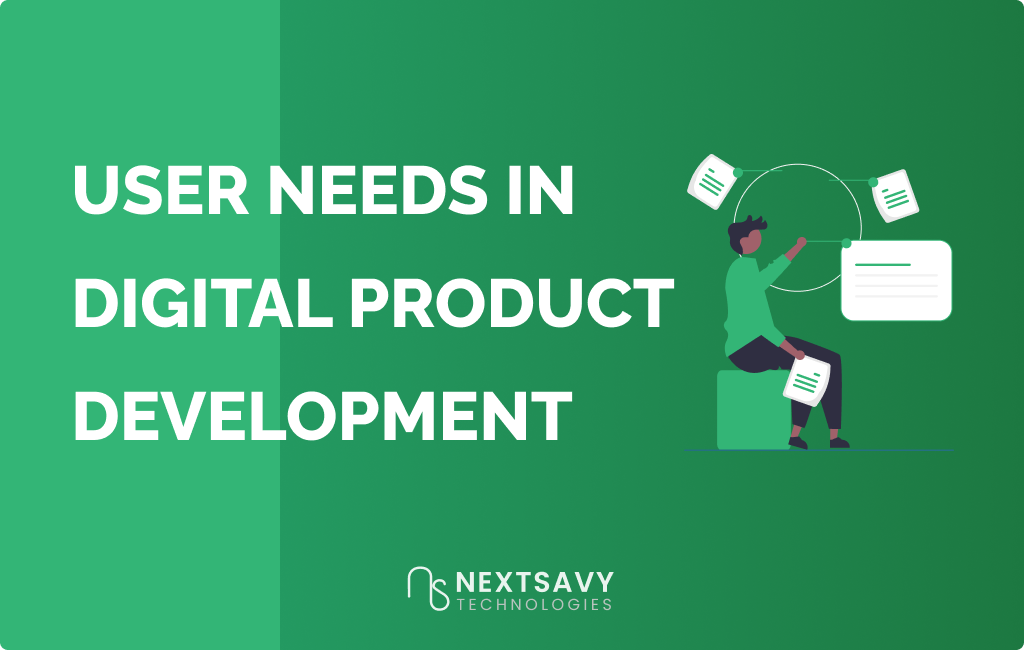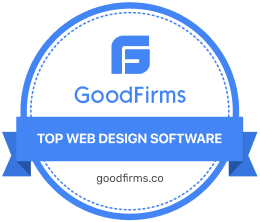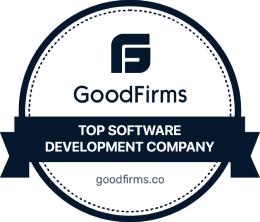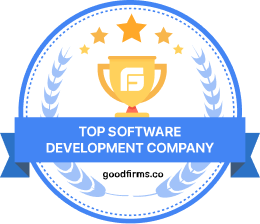March 13, 2023
 7 Top Frontend Frameworks for Web Development
7 Top Frontend Frameworks for Web Development
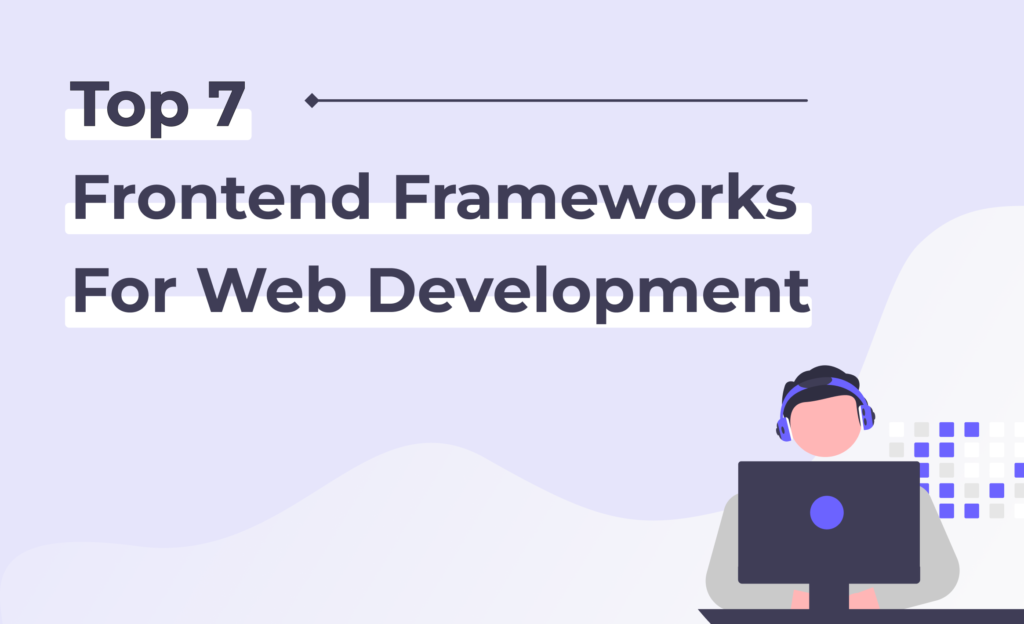
In this blog, we will have a look at the Top 7 front-end web development framework and their features.
Frontend development requires excellent coding and other technical skills. With millions of websites flooding the internet, a business needs to stand out from the crowd in order to generate more leads. A web application is one of the most effective mediums to reach your target customers in web development.
Web apps consist of both the front-end as well as back-end. Front-end consists of the UX/UI, whereas the back end deals with the servers and database.
1. React.JS
React.JS is currently the most popular front-end web development framework. It is an open-source and free JavaScript library that assists in building UI based components. Facebook created ReactJS in 2011.
One of the framework’s notable features is the virtual Document Object Model (DOM). In this feature, UI representation stored and synced with real DOM. This helps to easily manipulate the virtual versions before finalizing the relevant changes in the real DOM. Also, it helps improve performance by coming up with exceptional functionalities.
React is ideal for building single-page apps with rich UIs, especially for limited time frames due to reusable components.
2. Vue.JS
It is one of the most straightforward front-end works. Although relatively small in size, it has a virtual DOM, two-way data binding, and a component-based architecture that helps with great performance and easily tracks the changes.
Vue.js offers clear documentation, helping beginners to use it quickly. Its smaller-sized components can easily integrate into existing infrastructure without snags.
It is best suited for creating one-page web apps as developers can make the most of Vue.js’ flexibility. It also allows specialists to design from scratch, which can be useful for bigger projects too.
3. JQuery
It is one of the oldest frameworks around and was introduced in 2006. Although it is a library, it fits the definition of the framework as well. JQuery allows its users to manipulate CSS & DOM to boost the interactivity and functionality of an application. It offers simplicity by minimizing JavaScript code.
Although initially not created to develop mobile apps, the latest version of jQuery Mobile was meant for developing native mobile apps.
The tool is easy to learn and use, and it is compatible with all browsers you may want to use. The community is vast and reliable, with recent enhancements enabling responsive web solutions for mobile devices, making them suitable for various devices.
4. Backbone.js
Backbone is a lightweight front-end framework for single-page apps, based on Model View Presenter (MVP) design pattern released in year 2010
Backbone.js is free and open source, easy to learn, fast, and allows users to create well-structured applications. It requires Underscore.js for operation and jQuery to support REST API and work with DOM elements.
Prohibit using Backbone.js if you need functions out of the box or your web development team is not prepared to use additional extensions and plugins.
5. Angular
Angular, also known as Angular 2+, is an open-source front-end web development framework using TypeScript and used by over 600,000 websites. Google has also used it for most of its services.
Angular enables building web applications on single or multi-pages. It was first introduced by Google in 2009. It has become increasingly popular since then. The current version, called Angular 2+, was developed in 2016.
Angular is an enhanced version of AngularJS with multiple features and powerful performance. The main difference between Angular and React is that Angular offers two-way data binding, which ensures real-time synchronization between the model and the view.
Directive features in Angular can be used to program specific behaviors of the DOM and create dynamic HTML content. In Angular, the code components are reusable, testable, and easy to control.
6. Svelte
It was first introduced in 2016 and has become popular since then. Although technically, it is a compiler, and it is considered to be one of the best frameworks in 2023.
Over 3000 websites have been designed using this framework, including The New York Times, Razorpay, and Rakuten. It is one of the quickest front-end frameworks with fast reactivity and minimal coding.
Svelte is lightweight, simple, and has a component-based architecture. It is capable of running current JavaScript libraries, is SEO optimized, and does not require virtual DOM.
It is considered one of the best Front-end web development framework for beginners developers and for small applications.
7. Semantic UI
Semantic UI is a comparatively new frontend framework but has established itself as one of the top frontend frameworks. Its simplicity and spontaneous UIs are the reasons for its success.
The syntax is simple, which beginners find easy to work with. It follows a streamlined process for web and app development. Semantic UI collaborates with many third-party libraries, making it a robust web development platform.
Semantic UI’s advantages include simple, organic codes, responsive and UI-rich components, and a toolset that allows the configuration of themes, CSS, and JavaScript. emantic UI code easily shares across multiple applications.
It is a wonderful platform for developers or designers looking for lightweight, seamless, responsive user interfaces.
However, it is not recommended for a team with less experienced developers as customization requires knowledge of programming with less dependence on in-built functions.
To Conclude…
Web development is here to stay; only the technology will evolve for the better. We cannot predict what web apps would be like 50 years from now. Already technologies like AR/VR, AI, Machine Learning, Big Data, and Cloud are revolutionizing the process of web development.
All Frontend Web Development Frameworks will try to incorporate these new technologies, will be in demand in the future. With time, new technologies will emerge, which will give users a more immersive experience.
The front end is visible to the users, which is why it has a major impact on the overall performance. For your web development requirements, you can get in touch.
FAQ’s
Some of the most popular web front-end frameworks include React, Angular, jQuery and Vue.js. Each framework has its own unique features and benefits, allowing developers to choose the one that best suits their project requirements and coding preferences.
React and Vue.js are both user-friendly front-end frameworks known for their simplicity and easy-to-understand syntax.
Angular and React are popular front-end frameworks for creating small web apps. They have modular architecture and comprehensive documentation, making them ideal for developers of all levels.

